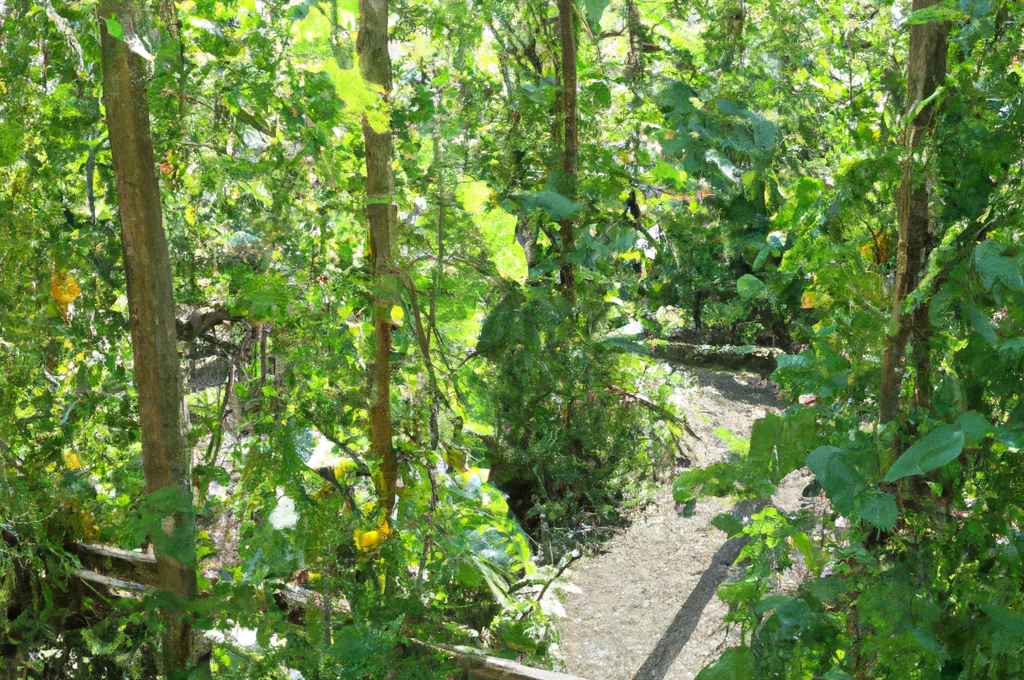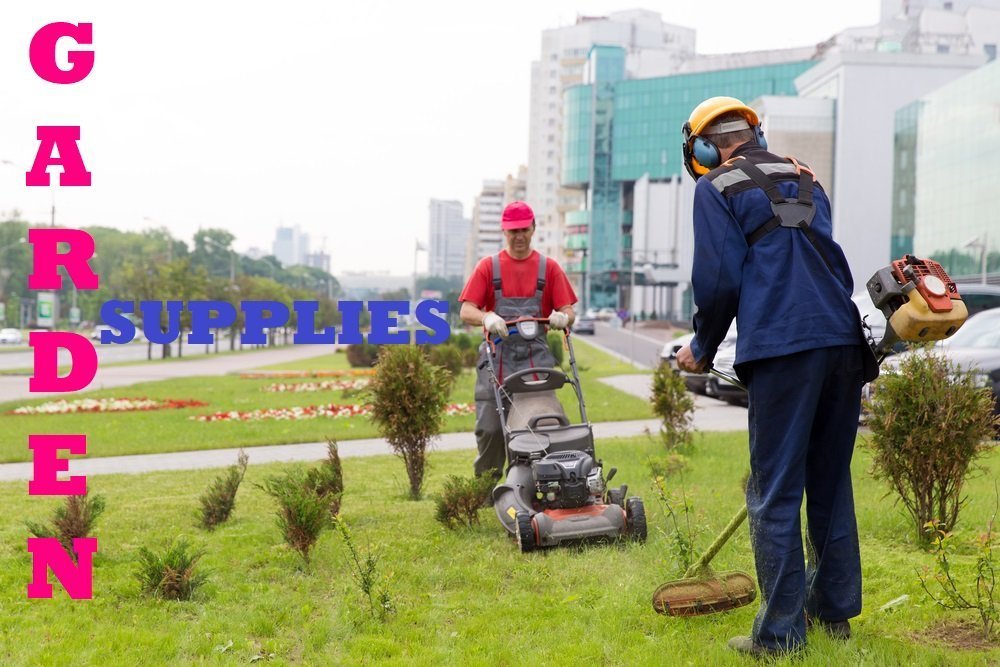Are you looking for a way to maximize your garden space and increase productivity? Have you considered vining vegetables? These plants are perfect for both warm and cool seasons and can efficiently use space and sun. Plus, they can even be grown in containers and brought indoors during colder weather.
Not only do vining vegetables provide a unique and natural look to your garden, but they also offer a variety of delicious and nutritious produce. From tomatoes and cucumbers to scarlet runner beans and chayote, there are 10 vining vegetables that you need to grow.
By growing these plants, you’ll be able to make the most of your garden space while enjoying a bountiful harvest of fresh and healthy vegetables. So, let’s dive into the benefits of vining vegetables and the top 10 varieties to grow.
Quick Summary
- Vining vegetables allow for maximizing garden space and using space and sun efficiently.
- They can be grown in containers and brought indoors during cold seasons, and can be pruned and replanted to grow new plants.
- 10 vegetables that grow on vines include tomatoes, pole beans, cucumbers, and various squash varieties.
- Vining vegetables can be eaten raw or cooked in a variety of dishes and can stay disease and pest-free.
Benefits of Vining Vegetables
You can get the most out of your garden space by growing vining vegetables. Not only do they save space, but they also keep pests and diseases at bay.
With these 10 delicious and productive options, you can enjoy the benefits of vining vegetables in small spaces. In addition to being practical, vining vegetables are also versatile.
You can use them in a variety of creative recipes, such as cucumber salad, stuffed squash, and tomato bruschetta. So go ahead and try something new with these vining vegetables – you won’t be disappointed!
10 Vining Vegetables to Grow
Growing vegetables on vines can increase productivity and add a unique natural element to your garden. With so many vining vegetables to choose from, you can easily maximize your garden space and enjoy a bountiful harvest. Whether you live in a small apartment or have limited outdoor space, container gardening is a great way to grow vining vegetables. Additionally, using the best trellis designs can help keep your plants healthy and productive.
To help you decide which vining vegetables to grow, here is a table outlining some of the best options:
| Vegetable | Description |
|---|---|
| Tomatoes | Can grow up to 10 feet in length and produce a plentiful harvest of juicy, flavorful fruit. |
| Pole Beans | Sweeter and more flavorful than bush beans, can grow up to 10 feet in height and produce a plentiful harvest of tender, delicious beans. |
| Peas | Rapid growers that don’t need much attention, can grow in partial shade and produce a plentiful harvest of sweet, tender peas. |
| Cucumbers | Productive and can be trellised to save space and keep them pest-free, producing a plentiful harvest of crisp, juicy cucumbers. |
By incorporating these vining vegetables into your garden, you can enjoy a bountiful harvest while saving space and adding a natural element to your outdoor space. Whether you choose to grow them in containers or use a trellis, these vegetables are sure to be a delicious addition to your meals.
Growing and Maintaining Vines
Maintaining healthy vines requires regular pruning and ensuring they have enough water and nutrients. Pruning techniques can help control the size and shape of the plant, as well as promote better air circulation and prevent disease.
For vining vegetables grown in containers, it’s important to choose a pot with adequate drainage and provide a trellis or support structure for the plant to climb.
When pruning, remove any dead or diseased leaves, as well as any branches that are crossing or rubbing against each other. Pinch off the tips of the vines to encourage branching and increase productivity.
Water the plant deeply and regularly, and fertilize with a balanced fertilizer to provide the necessary nutrients. Container-grown plants may require more frequent watering and fertilizing than those in the ground.
By following these simple steps, you can ensure your vining vegetables grow strong and healthy, maximizing your garden space and providing a bountiful harvest.
Frequently Asked Questions
What types of support structures work best for vining vegetables?
To support your vining vegetables, try DIY trellis options or vertical gardening techniques. These will keep your plants off the ground, reducing the risk of pests and disease. Keep your garden safe and productive with the right support structures.
Can vining vegetables be grown indoors year-round?
Growing vining vegetables indoors year-round can present challenges, but with proper training techniques, it’s possible. Lack of natural light and space can be overcome by using grow lights and trellises. Keep soil moist and fertilized for a bountiful harvest.
How long do vining vegetables typically take to mature?
Vining vegetables can take anywhere from 50 to 100 days to mature, depending on the growing seasons and ideal conditions. Common pests, such as aphids and spider mites, can be prevented with regular monitoring and organic pest control methods.
Are there any companion plants that work well with vining vegetables?
Companion planting is a great way to maximize the benefits of vining vegetables. Consider planting herbs like basil and mint near your vining plants, as well as using trellis systems to support their growth. This will help keep pests away and promote healthy growth.
How do you harvest and store vining vegetables for best flavor and longevity?
To preserve the flavor and extend the shelf life of your vining vegetables, use proper harvesting techniques and storage methods. Harvest when fully ripe and store in a cool, dry place. Avoid washing until ready to use to prevent moisture buildup.









